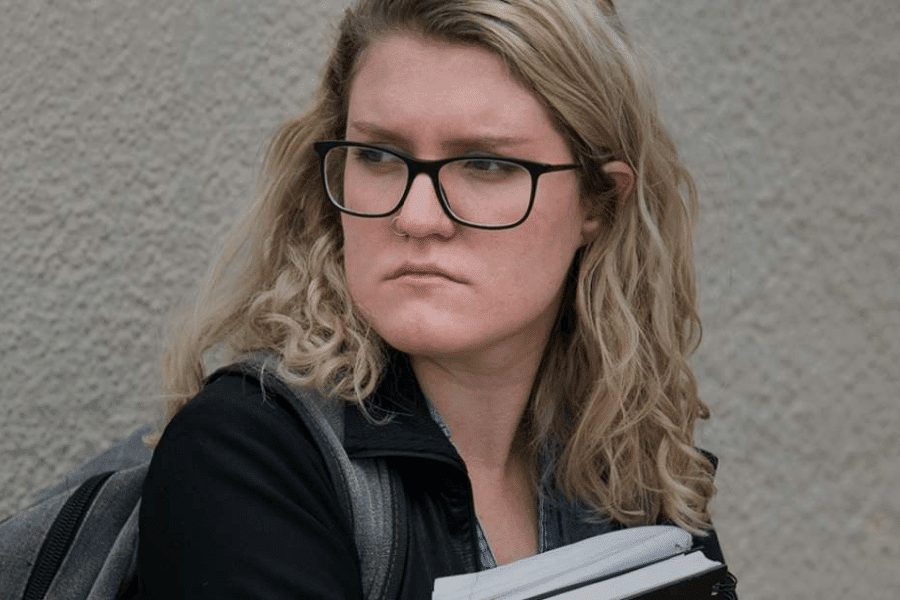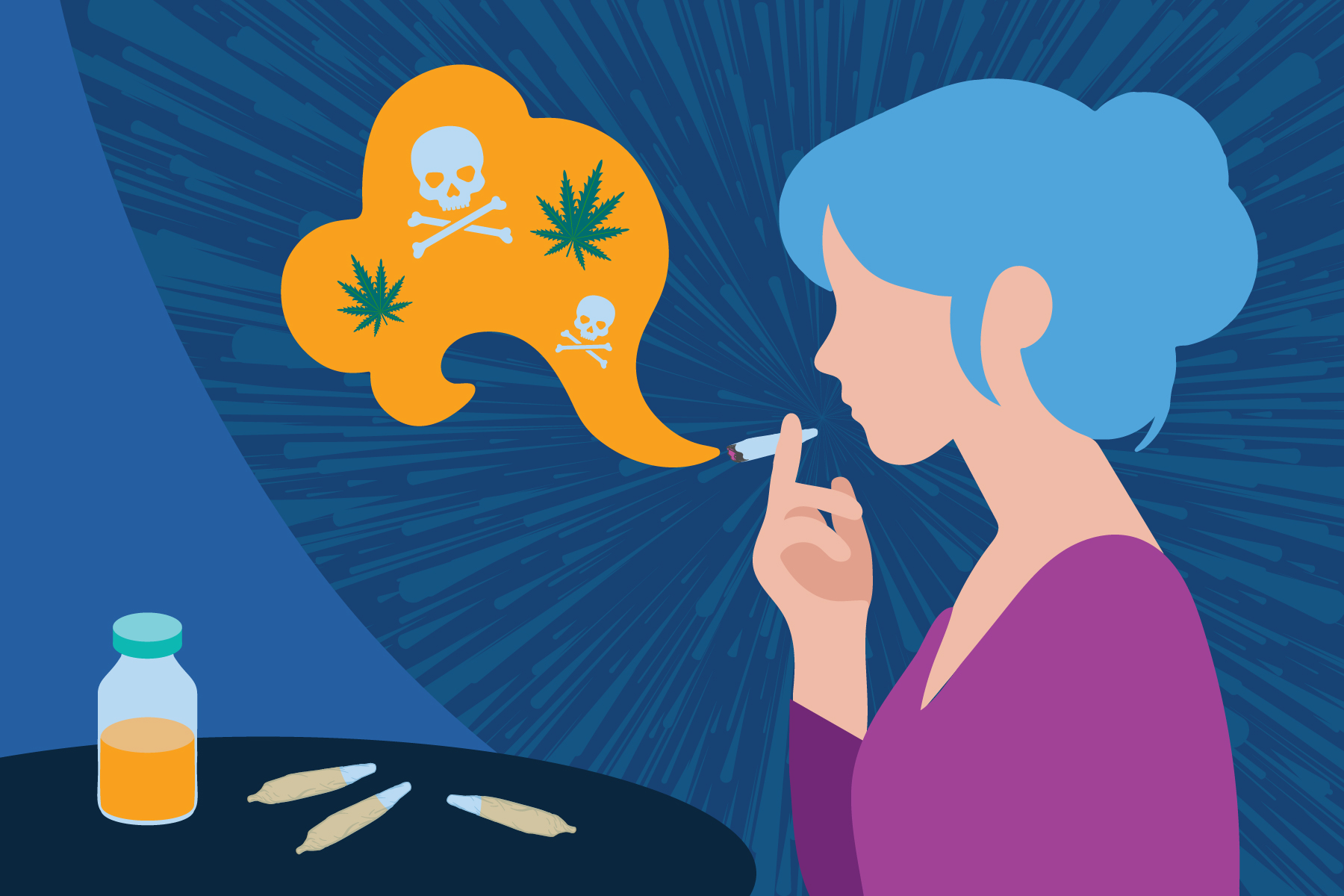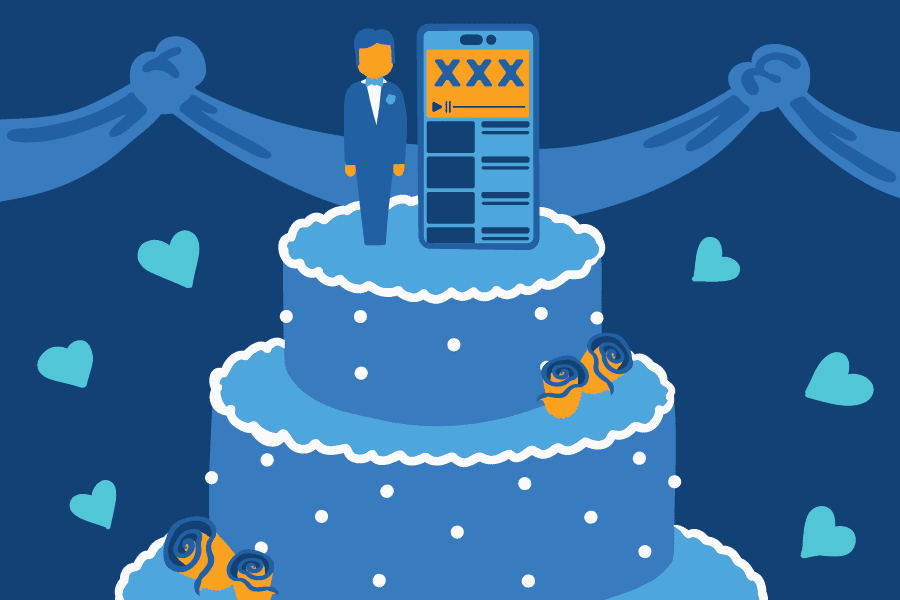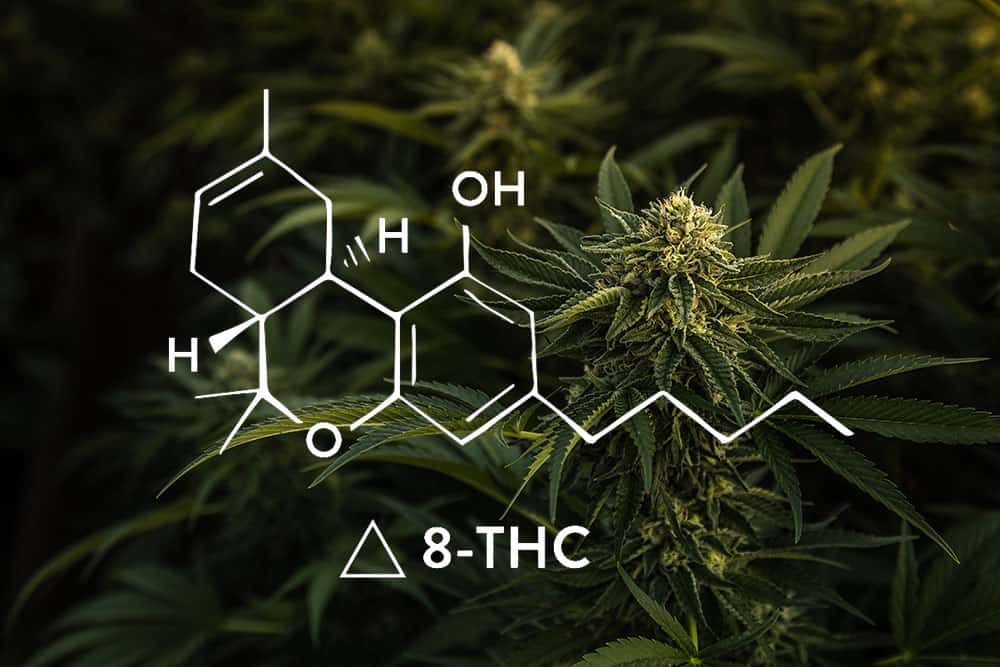Teens and Marijuana Abuse
Your teen is growing up. As they grow physically, they’re also growing in independence – and in curiosity about new experiences. Your kid is learning to figure out life for themselves, and that means that they’re testing limits, pushing boundaries, trying new things and experimenting.
That desire for independence is healthy – but some of those new experiences can be harmful to them. One of those harmful experiences is the recreational use of marijuana. Marijuana can hurt your child cognitively, emotionally and socially. And no matter where you live, recreational pot use by minors is illegal.
How Serious is Teen Marijuana Use?
More teens are using marijuana today than at any time in the last three decades – in fact, today’s teens are more likely to smoke pot than cigarettes. While many adolescents believe marijuana to be relatively harmless or non-addictive because it’s a plant, the truth is that it can significantly, negatively impact their emotional regulation, thinking abilities and physical health.
And while many states are legalizing medicinal marijuana or decriminalizing recreational marijuana for adults, it remains illegal for minors nationwide. Because teenagers hold this notion that marijuana use isn’t a serious concern, it’s important to help them understand the risks and talk to them about pot use early and often.

Is Marijuana Addictive?
Marijuana is widely believed to be non-addictive, but the fact is that up to 30 percent of marijuana users develop marijuana use disorder. This is the result of tolerance-building, which leads to dependence.
People who are marijuana-dependent can become temperamental and experience strong cravings when they’re not able to get high, often to the point that it interferes with their life. That’s because their brains adjust to their marijuana use over time, and when they quit, they feel the effects of their decreased endocannabinoid neurotransmitters.
Signs that your teen might have marijuana use disorder:
- Loss of motivation or interest in activities
- Intense cravings
- Often using marijuana more than they planned to
Possible symptoms of Marijuana withdrawal:
- Mood fluctuation
- Insomnia
- Severe anxiety
- Restlessness
- Irritability
An estimated 17 percent of people who begin using marijuana in their teens will become addicted to it later in life. In the US, 4 million people are considered to have marijuana use disorder.
Consequences of Cannabis Use
Cannabis use poses risks to people in their formative years in several ways. First and foremost, marijuana hinders teens’ brain development. Your child’s brain will continue to develop into their twenties, but marijuana use can hinder its growth, affecting their cognitive, emotional and social abilities. Marijuana has other harmful effects. It has been linked to the following problems:
- Lack of motivation, which can affect school work
- Reduced memory and inability to concentrate
- Aggressive behavior
- Impaired driving and car accidents
- The use of other drugs
- The use of alcohol
- Crime, including violent crime
- Risky sexual activity
- Other mental health conditions, including depression and anxiety
- Respiratory issues, similar to those that can be contracted from smoking cigarettes
- Diminished intelligence
- Behavior and academic issues at school
- Mental health issues like depression, mood swings, irritability and paranoia
One of the most significant risks resulting from marijuana usage is the potential of Cannabis Use Disorder, which is characterized by frequent cravings or inability to function normally without marijuana.
Long-term cannabis use is linked to breathing problems that are traditionally associated with smoking, such as coughing, wheezing, short-windedness and lung cancer. Researchers have also linked long-term marijuana use to decreased intelligence (lower IQ) and significant mental health problems such as schizophrenia, anxiety and depression.
Parents’ Corner
Marijuana today is a much different substance than it was when you were a teen. Health specialists are concerned about what this means for today’s teens, because the full extent of highly concentrated marijuana’s effects on adolescents’ developing brains aren’t yet known. Most statistics commonly cited in favor of marijuana’s innocuousness are based on research that took place when the market mostly consisted of weaker strains – many of which are no longer cultivated and sold.
- Marijuana in the ’80s and ’90s contained roughly 4 percent THC (its narcotic component).
- Today’s marijuana has around 20 percent, and sometimes up to 30 percent, THC.
- The percentage of CBD (marijuana’s medicinal component) has stayed at around 1 percent.
- Because marijuana is usually smoked, it’s hard for teens to adjust their use to its potency level.
How Teenagers Use Weed
One thing that can make it difficult for you to know whether your child is using marijuana is the fact that there are so many different ways to go about it. Here are some of the ways that marijuana is used:
- Smoking: Inhaling marijuana smoke from a rolled cigarette (“joint”), pipe, or bong
- Vaping: Smoking liquid marijuana in an e-cigarette
- Edibles: Eating foods that are made with marijuana, such as brownies or cookies
- THC-infused drinks: Drinking beverages made with marijuana, such as tea
Signs of Marijuana Abuse
Be aware of red-flag behaviors that could indicate that your teen is using marijuana:
- Secretive behavior (avoiding questions about where they’ve been or what they’ve been doing)
- Failure to remember things, especially events that have just occurred
- Coming home with red eyes
- Frequently using of eye drops
- Loss of interest in school or other normal activities
- Spending time with friends who use marijuana or other drugs
- Using the terminology of recreational marijuana culture, such as “420”
- New interest in posters, t-shirts and other types of paraphernalia that promote marijuana
- Using incense, air fresheners and other ways to mask the smell of marijuana
- Carrying marijuana paraphernalia such as bongs, lighters, vape pens or rolling papers
- Stealing cash or carrying extra cash without explanation
What to do if Your Teen is Smoking Pot
The best way to prevent your kid from using marijuana is to talk to them about it. Sit down with them and be honest, transparent and accepting. Ask them what they’ve heard already about marijuana, and actively listen. As you do, your kid will grow in their willingness to trust you and to share their struggles.
And as you gain their trust, they’ll be more receptive to information you share with them. Tell them about the risks and harmful effects of marijuana, including how it hinders brain development and leads to other long-term health problems.
Young people who realize the long-term consequences of the drug will be much more likely to avoid it, and if they know they have a supportive, accepting environment at home, they’ll be more willing to share their problematic experiences.
It’s important to nip drug use in the bid before it spirals out of control. Most addictions form during adolescence. What begins as “harmless” recreational use can quickly lead to tolerance-building, dependence and full-blown addiction to marijuana and other drugs.
The passionate, youth-centered counselors at Sandstone Care have helped many families successfully navigate their challenges. Contact us seven days a week at (888) 850-1890 to learn how we can help.





